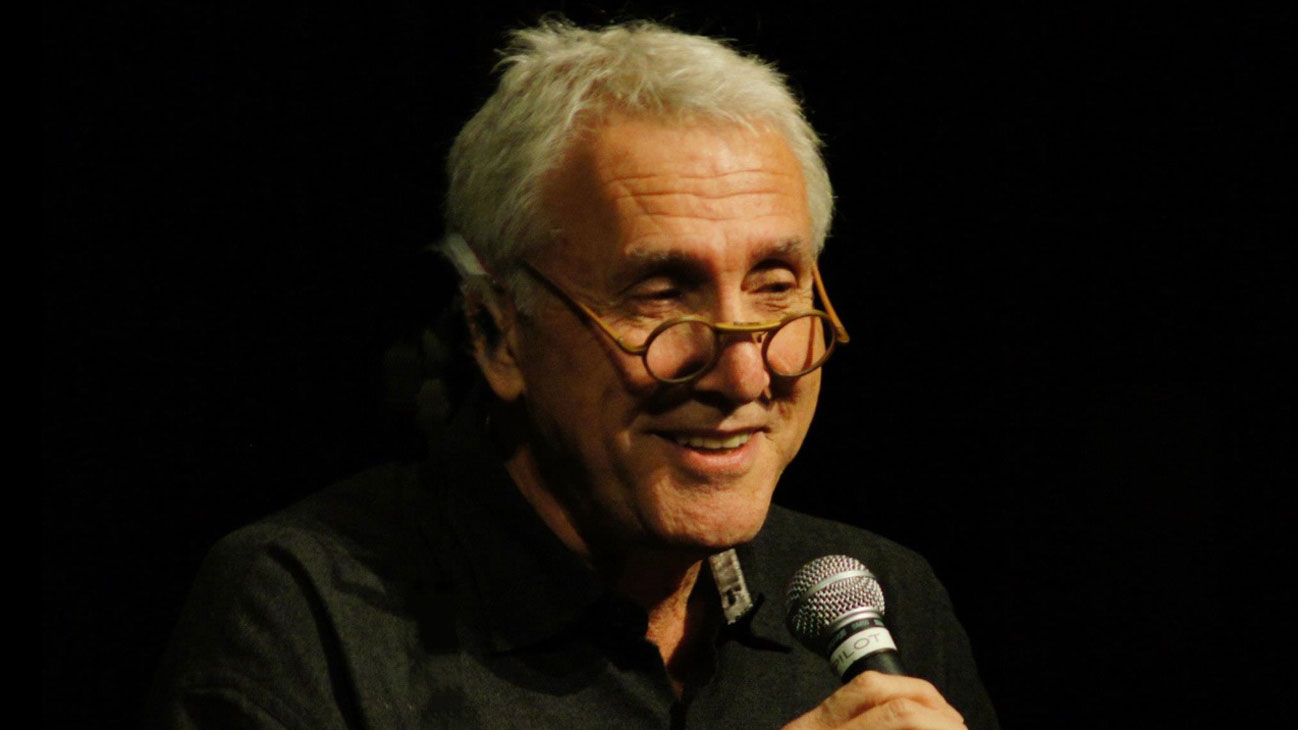Throughout his career, Tim Hurson has helped Fortune 500 and FTSE 100 organizations—in the US, Canada, and the UK—with innovation, marketing, new products, and workplace-transformation programs. He has presented on productive thinking and creative leadership to business, government, academic, professional, and not-for-profit audiences in more than 40 countries across six continents. Tim breaks down the seemingly daunting task of strategic planning in his post below:
I often help clients with strategic planning, and I’m consistently amazed at how complicated people make it. They debate about visions and missions and strategic priorities and goals and objectives, usually without defining what they actually mean by these terms. Then things start getting really weird, with terms like strategic intent, integrative dynamics, KPAs, KRAs, KRIs, and strato-tactical objectives flying around the boardroom table like hockey pucks at a pre-game warmup.
Sound familiar?
Is it any wonder that so many people sit around so many strategy sessions so confused? Sometimes I think we gravitate towards complexity because the more complex we say something is, the more heroic we imagine ourselves to be for tackling it.
Here’s the elephant in the room about strategic planning: Planning doesn’t have to be complicated. In fact, it’s really pretty simple. It may be time-consuming, and there may be a lot to cover, but don’t let your local snake oil salesman fool you: useful planning is actually pretty basic.
Start your strategic plan with a set of simple statements that describe what you want to accomplish. Here are four that can apply to a wide range of businesses:
- We want people to see us as providing high value at a fair price.
- We want to be able to attract investment capital to grow our business.
- We want our employees to feel good about working here.
- We want to make a genuine contribution to the communities we work in.
Is doesn’t matter if you call these goals or objectives or visions or missions or BHAGS or flapdoodles. They’re simply descriptions of things you believe you want (you may change your mind of course, but at this point what you think is what you think, so start there).
Then, for each statement, ask Why? and How?
- Why? questions make things more abstract: they take you into strategies and purposes.
- How? questions make things more concrete: they take you into tactics and action steps.
For example, asking “Why do we want people to see us as providing high value at a fair price?” might get you to: because we want them to buy our products. Keep asking Why? and you’ll quickly come to your core reason for being in business—your purpose. If you’re happy with that purpose, great. If not, now is the time to rethink what you’re in business for.
Next, start at any point on your ladder and ask How? That gets you into more and more tactical levels. Perhaps one answer to “How are we going to get people to see us as providing high value at a fair price?” is: by understanding their needs. And one answer to how to do that might be: by building the best R&D capability we can, and so on. How? tells you what you have to do to get where you want to go.
Try the Why?/How? approach. You’ll find it much more straightforward and useful than throwing around a bunch of terms whose meanings no one really agrees on anyway. But fair warning: you may have a tough time convincing some of your colleagues to give up complexity for simplicity. After all, being a hero has its rewards.

